pharoscion global
Photographer: pharoscion Copyright: pharoscion Credit: pharoscion
Overview of Cloud-Native Technologies and Their Role in Modern Digital Infrastructure
Written By : Aman Kumar, Indian Institute of Technology Roorkee
Cloud-native architecture involves constructing applications specifically to leverage cloud environments instead of merely migrating traditional on-premises applications to the cloud. This design philosophy offers immense advantages, such as rapid scalability, high availability, and enhanced flexibility, positioning businesses to adapt swiftly to changes in user demand and market conditions.
The key to cloud-native architecture is its decentralized nature. Instead of building monolithic applications where each component is tightly coupled, cloud-native systems use loosely coupled services that communicate through APIs. This separation of concerns allows organizations to focus on optimizing individual components without disrupting the entire system.
The use of cloud-native technologies enables applications to run on any cloud platform, reducing vendor lock-in and giving businesses greater control over their infrastructure choices.
Microservices
Microservices play a pivotal role in cloud-native architecture by dividing complex applications into smaller, self-sufficient services that can be deployed and scaled independently. It promote flexibility, allowing developers to focus on specific functionality without impacting the entire system. This reduces risks during updates and accelerates development cycles by enabling continuous integration and delivery.
For example ,Amazon is credited with popularizing microservices in the early 2000s. The company broke down its monolithic application into smaller services that can be deployed and updated independently. This allows Amazon to scale individual services based on demand, and to isolate services so that a failure in one doesn't affect the entire system.
Containers
Containers are a cornerstone of cloud-native applications, encapsulating software code and its dependencies into a lightweight, portable unit that can run consistently across different environments. By using containers, developers can ensure that applications behave the same way in development, testing, and production, eliminating the common "it works on my machine" problem. This portability is a significant advantage when deploying applications across hybrid cloud environments or moving workloads between different cloud providers
Containers also enable greater scalability and resource efficiency. They allow multiple containers to run on a single host, making better use of hardware resources compared to traditional virtual machines. It also provides an isolated environment for applications, enhancing security and reducing the risk of system-wide vulnerabilities. Docker and Kubernetes are among the most popular tools for container orchestration, helping developers manage large numbers of containers and scale applications automatically.
For example , Google runs everything from Search to YouTube and Gmail through containers. Google also developed Kubernetes and Knative, two of the most widely used tools for managing containers and applications.
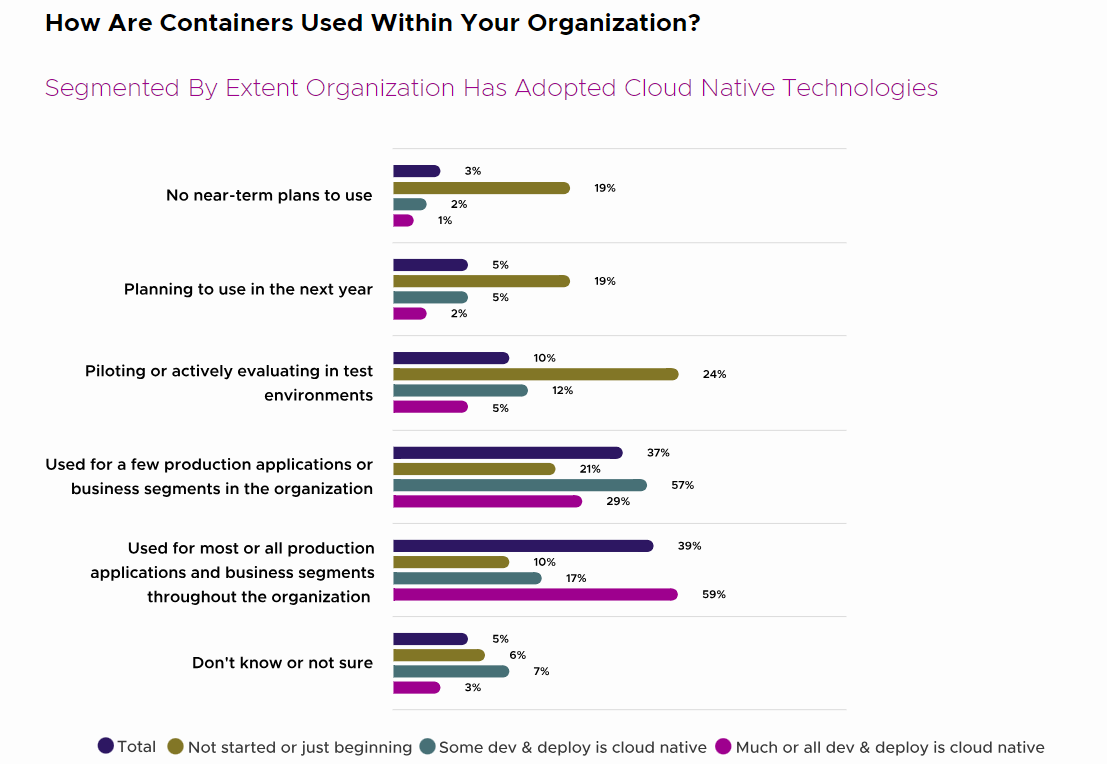
Source: CNCF Survey Report 2023
Serverless computing is another key component of cloud-native architecture, where developers focus solely on writing application logic without worrying about managing the underlying infrastructure. In a serverless model, cloud providers dynamically allocate resources as needed and only charge for the compute time used, offering a cost-effective solution for handling fluctuating workloads. This architecture is particularly well-suited for applications with unpredictable traffic patterns or short-lived functions, such as event-driven microservices or APIs. For example , Netflix uses serverless code to deliver media on demand. Serverless architecture helps Netflix develop scalable applications quickly and cost-effectively

Adopting cloud-native technologies significantly enhances operational efficiency by introducing several key benefits such as improved scalability, faster deployment times, and optimized resource utilization. Cloud-native applications, thanks to their microservices and container-based architectures, can scale individual components independently, rather than scaling entire applications. This means organizations can respond more precisely to demand fluctuations, allocating resources only where they are needed.
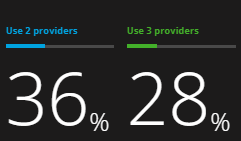
Tools like Kubernetes automate the orchestration of these containers, dynamically adjusting resources in real-time, ensuring that applications remain efficient even during peak load times. InfluxData is benefited from scaling in cloud native technology by using Kubernetes to build a cloud abstraction layer. This allowed them to deliver a database as a single application across multiple cloud providers
Source: Deloitte cloud insight report (Data suggesting percentage of user using multiple cloud provider )
The adoption of DevOps practices and CI/CD pipelines is another factor that drives operational efficiency in cloud-native environments. These methodologies shorten the development cycle by enabling continuous integration and continuous delivery, allowing for faster deployment of new features and bug fixes. Cloud-native technologies allow organizations to embrace innovation at a faster pace, removing bottlenecks in the development process and reducing the time spent on manual infrastructure management
Even in the event of individual component failures, cloud-native applications are designed to continue functioning seamlessly, ensuring high availability. This resilience, along with improved scalability, results in optimized resource utilization, as systems can be fine-tuned to handle varying loads while minimizing overhead.
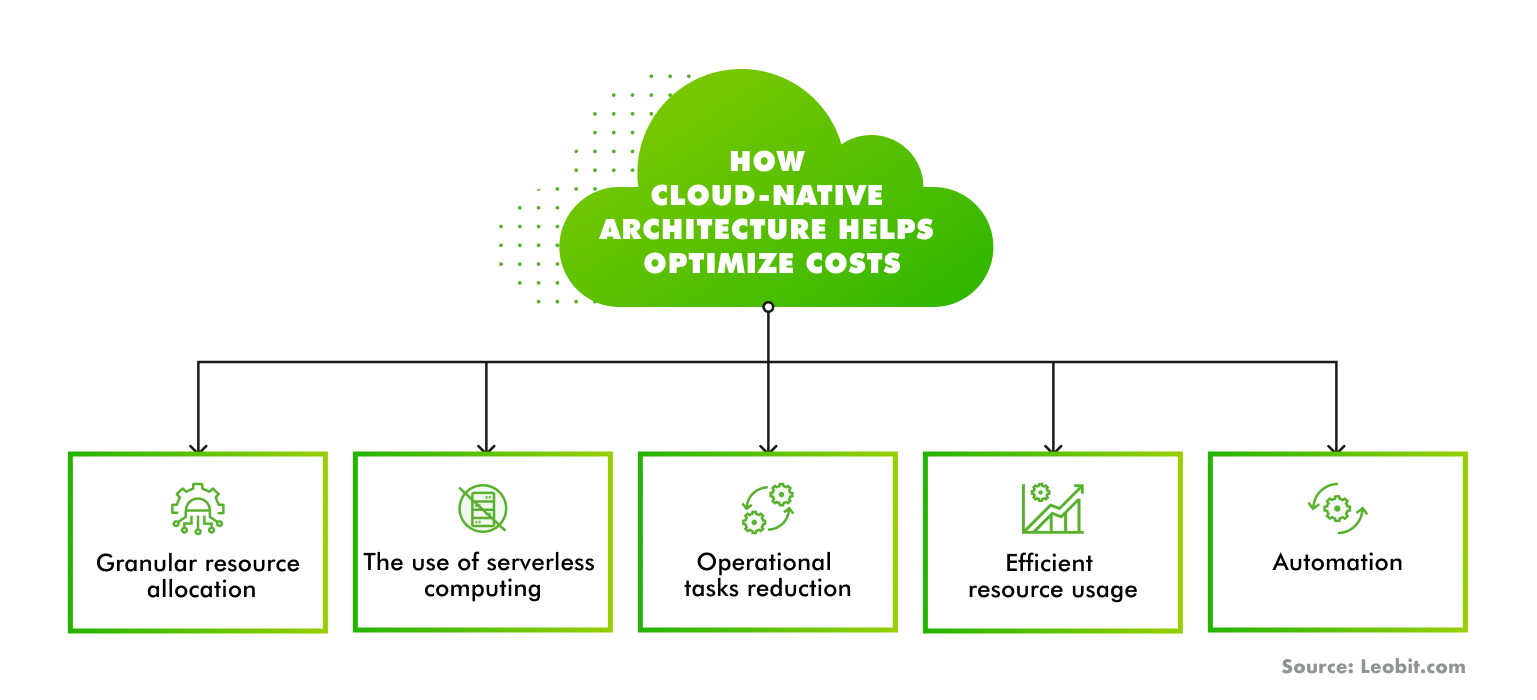
Cloud-native development practices have fundamentally reshaped how businesses operate, enhancing agility and resilience in an ever-evolving market. The modular and decentralized nature of cloud-native applications enables organizations to respond quickly to changes, allowing them to introduce new features, fix bugs, or adjust to market demands rapidly. Cloud-native approaches integrate closely with DevOps methodologies, which emphasize collaboration between development and operations teams and automate workflows. By aligning DevOps practices with cloud-native technologies, businesses can accelerate their deployment cycles and ensure that updates and improvements are delivered seamlessly.
Resilience is designed to withstand failures and minimize downtime. By leveraging microservices and containers, cloud-native applications are distributed across multiple environments, reducing the risk that a failure in one part of the system will bring down the entire application. This approach, combined with practices like automated rollbacks, blue-green deployments, and canary releases, ensures that issues can be detected and resolved in real time, without impacting the end user.
Digital transformation involves integrating digital technologies into every aspect of a business, fundamentally altering how businesses operate and deliver value. In this context, cloud-native architecture supports the broader goals of digital transformation by providing businesses with tools to move faster, adapt to changing market conditions, and improve customer experience.According to industry forecasts, cloud technologies will account for over 65.9% of expenditures on application software by 2025, up from 57.7% in 2022.
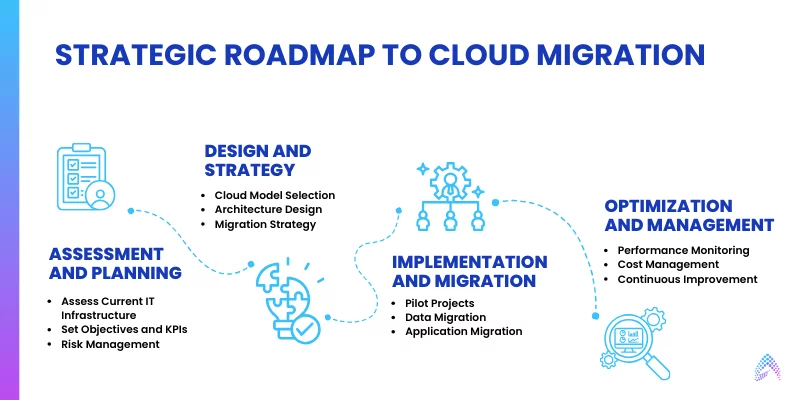
This indicates the rapid adoption of cloud-based solutions as part of digital transformation strategies. Gartner’s forecast indicates that the move to the cloud will influence over $1.3 trillion in enterprise IT spending in 2022, rising to approximately $1.8 trillion by 2025.
Cloud-native platforms are designed to integrate seamlessly with a wide range of digital tools, including CI/CD pipelines, DevOps workflows, AI/ML models, and third-party services. This capability allows organizations to continuously deploy updates, automate tasks, and maintain a consistent user experience across different environments.
Organizations using cloud-native technologies are more likely to maintain a competitive edge.
Companies like Amazon leverage cloud-native architectures to handle vast amounts of traffic, especially during sales events like Black Friday, ensuring seamless customer experiences.
Banks are using cloud-native platforms to roll out new features or comply with regulations in real-time, improving customer trust and operational efficiency. Example - Capital One , DBS Bank , etc
Telemedicine applications rely on cloud-native platforms to provide scalable, reliable services that improve patient care through rapid feature development and enhanced data processing.example - Babylon Health ,etc
Cloud-based MES(Manufacturing Execution Systems) software helps businesses monitor manufacturing processes, such as inventory management, production scheduling, quality control, and equipment performance.example - Siemens , Honeywell .
Cloud service providers like Tencent, Huawei, and Baidu are developing autonomous driving platforms using cloud-native architectures, enabling automakers to rapidly develop, deploy, and manage applications. This technology allows seamless integration of connected vehicle data, driving predictive maintenance, autonomous driving advancements, and customer-focused innovations.
Predix is a cloud-based industrial IoT platform designed for industries like aviation, energy, and manufacturing. It enables engineers to collect and analyze data from industrial assets, such as jet engines, turbines, and power plants, in real-time. Using cloud-based predictive analytics, engineers can identify potential failures before they occur, optimize asset performance, and improve safety.
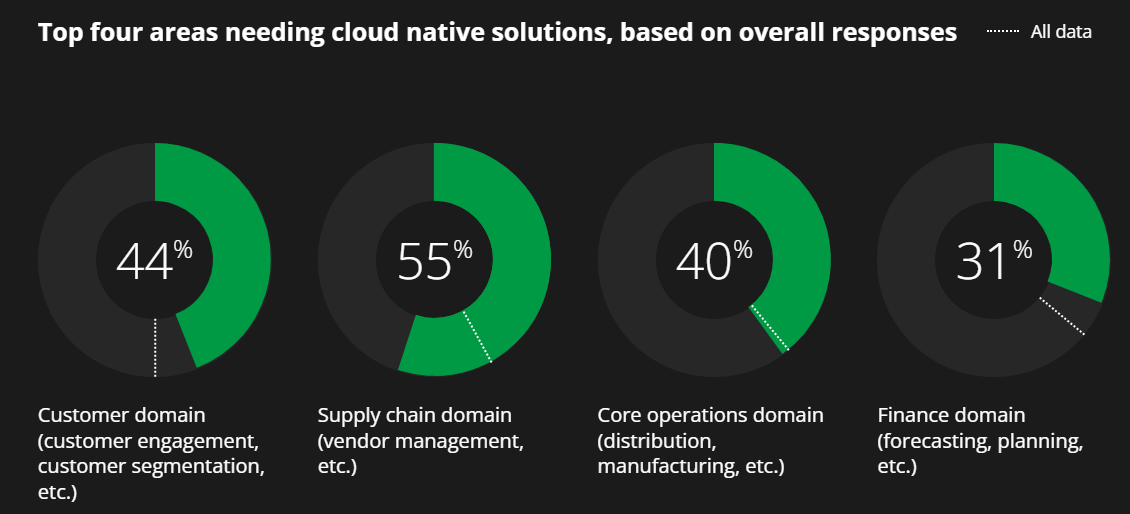
By combining cloud-native principles with a clear digital strategy, businesses can ensure a smooth migration to modernized operations that are cost-efficient, secure, and capable of meeting future demands.
1.2-1-1 San Diego: 2-1-1 San Diego is a critical hub connecting individuals to health, community, and disaster services. By adopting Informatica’s cloud-native integration solutions, they gained access to comprehensive data on their constituents. This cloud-native approach enabled them to analyze and allocate resources efficiently, ensuring their services reached people in need without delay.
2. Sunrun: Sunrun, a solar energy provider, leveraged Informatica Intelligent Cloud Services and Google Cloud to boost its data analytics capabilities. This cloud-native transformation provided them with faster access to insights, enabling them to compete more effectively in the rapidly evolving solar industry.
3.Cloud-native technologies have empowered organizations to optimize their operations by making their systems scalable, resilient, and agile.
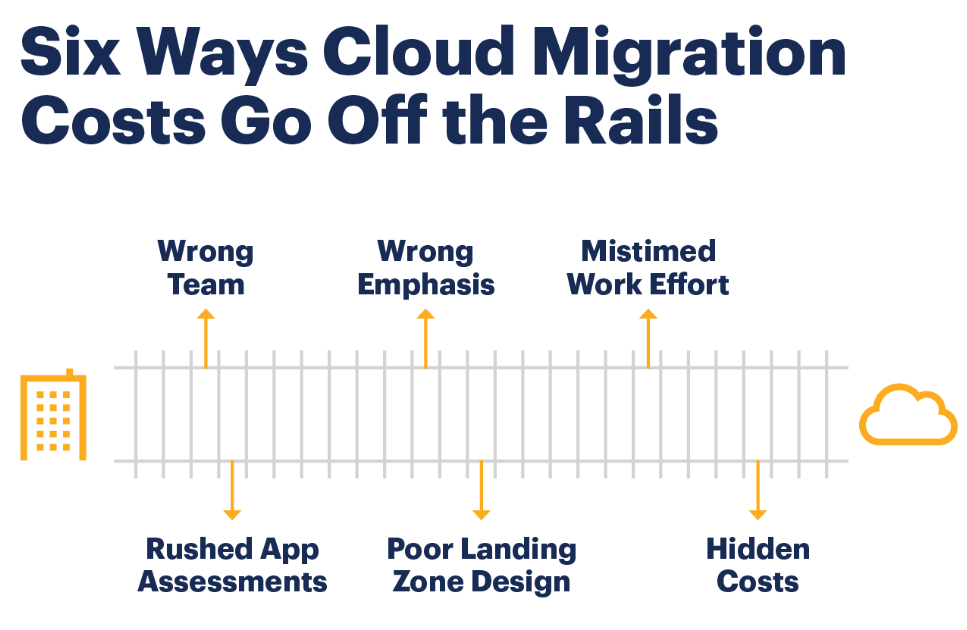
Case Studies: Leveraging Cloud-Native Technologies for Operational Improvements
Examples of Cloud-Native Applications
Beyond specific organizational examples, cloud-native technologies are key to the success of many modern applications:
Netflix: Netflix's shift to a microservices architecture allowed it to scale dynamically based on demand. By utilizing containerization with platforms like Docker and Kubernetes, Netflix automated the deployment and management of services, ensuring resilience and fault tolerance. Their use of chaos engineering, through tools like Chaos Monkey, proactively improves system reliability, allowing them to maintain an uninterrupted user experience even during failures.


Spotify:Spotify relies heavily on microservices and containerization to manage its vast user base and large amounts of data. With the help of Kubernetes, Spotify automates the scaling and management of its containerized services. This architecture ensures that users enjoy continuous access to music with minimal interruptions, and it facilitates rapid development and deployment of new features, giving Spotify a competitive edge in the music streaming industry.
Airbnb:Airbnb utilizes both public and private cloud infrastructure to support its operations. Kubernetes allows the company to manage the deployment and scaling of its services efficiently. With chaos engineering practices in place, Airbnb ensures its platform remains resilient and reliable, capable of withstanding unpredictable failures.

Food Khazana
Pharoscion's cloud-native solution, "Food Khazana," revolutionized restaurant management by enabling seamless operational efficiency. With cloud technology, Food Khazana now allows businesses to manage inventory, track sales, handle billing, and access crucial reports from any device—whether mobile or desktop. By moving away from traditional systems and embracing the cloud, Food Khazana has simplified the complex operations of restaurants, helping them streamline processes and improve decision-making through data-driven insights. From inventory management to real-time online order updates, Pharoscion has provided a one-stop solution for managing costs, enhancing customer experience, and scaling operations.
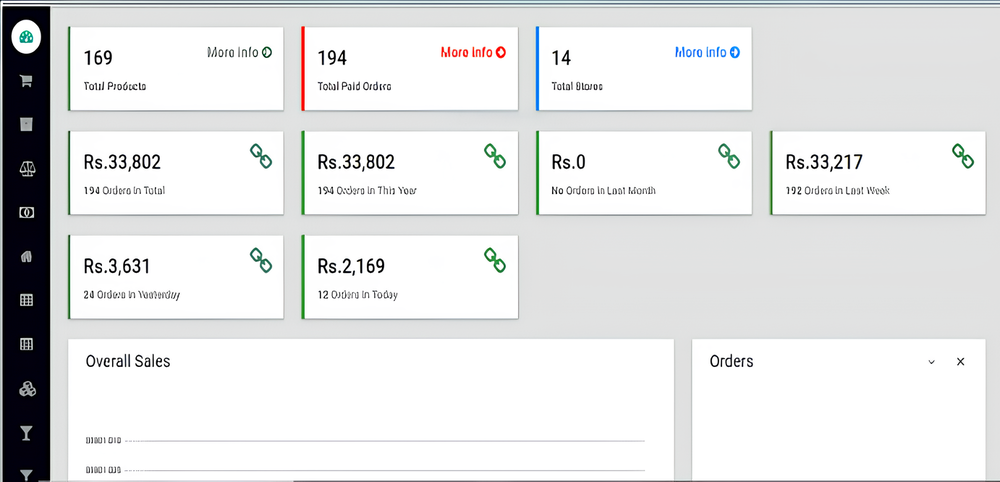
Dashboard available to business for simplifying their tasks
King Mechanic
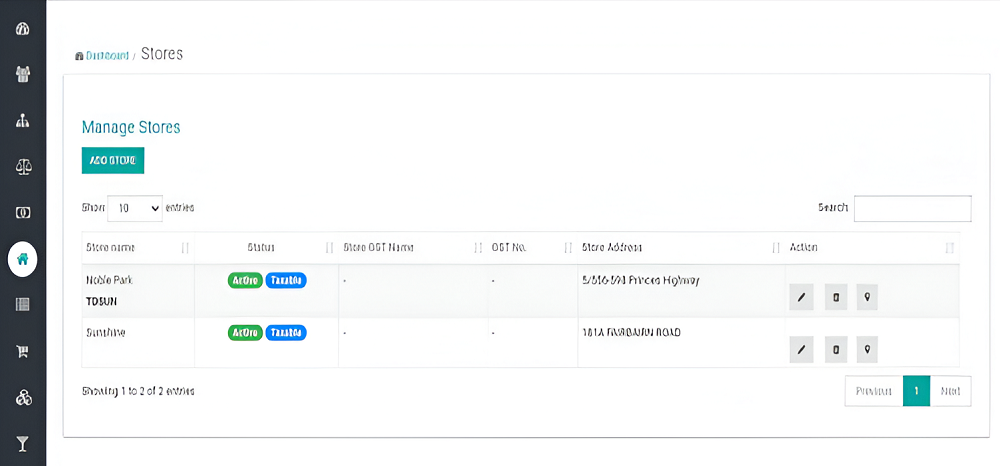
Dashboard available to business for managing different stores
Pharoscion's cloud-native solution,"King Mechanic”, helped an Australian entrepreneur streamline his operations across multiple industries, including Tyres & Wheels, Garage Tools, and Gaming Chairs. Facing difficulties managing inventory, orders, and customer relationships across several stores, the entrepreneur found King Mechanic a one-stop solution. This platform allowed him to integrate order management, inventory tracking, and data reporting while offering a smooth customer experience through a dedicated Customer Portal. With the power of King Mechanic, the entrepreneur was able to efficiently oversee multiple stores, improve operational efficiency, and focus on expanding his business without the day-to-day management hurdles.
Happy HR
Pharoscion Global provided "Happy HR," a comprehensive cloud-based HRM solution, to help businesses optimize their human resources management through an array of powerful modules. Happy HR's robust features, including employee profile management, automated payroll generation, attendance tracking via biometric data, and leave management, allowed the client to efficiently handle all HR-related tasks. Additionally, the platform’s contractor and transport modules streamlined the management of third-party workers and transport costs. With these capabilities, Pharoscion’s Happy HR helped the client simplify their workforce management and focus on scaling their operations.
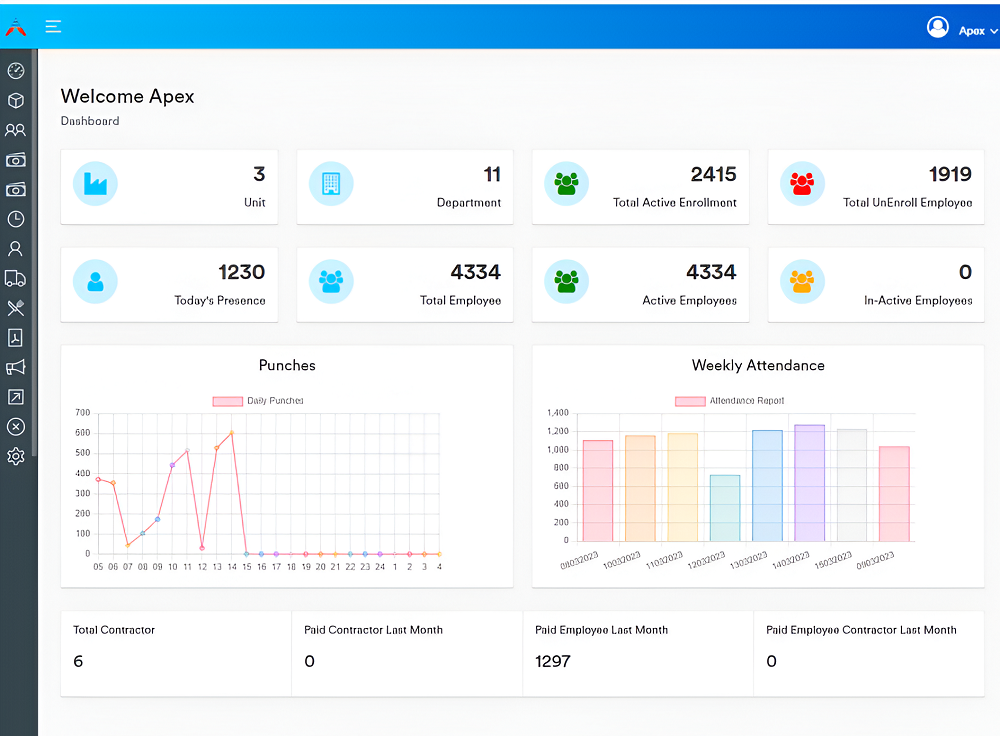
Dashboard available to business for managing employees
As cloud-native technologies continue to evolve, they are driving new operational efficiencies and enabling organizations to accelerate their digital transformation strategies. Key trends such as edge computing, hybrid/multi-cloud architectures, AI integration, and zero-trust security are poised to shape the future of cloud-native development and operations.
Edge Computing With the proliferation of IoT devices and real-time applications, edge computing is emerging as a crucial trend. It brings computational resources closer to end users or devices, reducing latency and improving the performance of real-time applications in industries like healthcare, manufacturing, and autonomous vehicles. Cloud-native platforms are adapting to support edge architectures, enabling efficient deployment and management of applications at the network edge, thereby enhancing operational performance for latency-sensitive use cases.
Hybrid and Multi-Cloud Architectures: As IT environments grow more complex, organizations are adopting hybrid and multi-cloud architectures. These architectures allow organizations to leverage the strengths of different cloud providers while maintaining flexibility and resilience. Cloud-native technologies are evolving to support seamless integration across multiple cloud environments, ensuring workload portability and enabling efficient disaster recovery. This trend reflects the need for adaptability in increasingly heterogeneous and distributed environments.
AI and ML: The integration of artificial intelligence (AI) and machine learning (ML) into cloud-native platforms is enabling autonomous management of infrastructure and applications. AI-driven algorithms can analyze large datasets, predict potential issues, and automatically adjust resources to optimize performance. This self-healing capability is set to revolutionize cloud management, making systems more resilient, adaptive, and capable of real-time optimizations.
Zero-Trust Security: As organizations adopt microservices and distributed systems, security concerns are growing. Zero-trust security, which assumes threats may exist both inside and outside the network, is becoming an essential part of cloud-native architectures. It enforces strict access controls, encryption, and continuous authentication to protect against internal and external threats. The integration of zero-trust principles into cloud-native platforms ensures that organizations can safeguard their systems from data breaches and insider threats.
In conclusion, cloud-native technologies are reshaping the way businesses approach operational efficiency and digital transformation. By leveraging microservices, containers, and serverless computing, organizations can build scalable, resilient, and agile systems that enable rapid adaptation to market changes and improve resource utilization. These technologies not only enhance operational processes but also align with broader digital transformation goals, facilitating seamless integration with modern tools and services. As emerging trends like edge computing, AI integration, and hybrid cloud architectures gain traction, cloud-native platforms will continue to drive innovation and empower organizations to achieve greater operational agility and resilience.